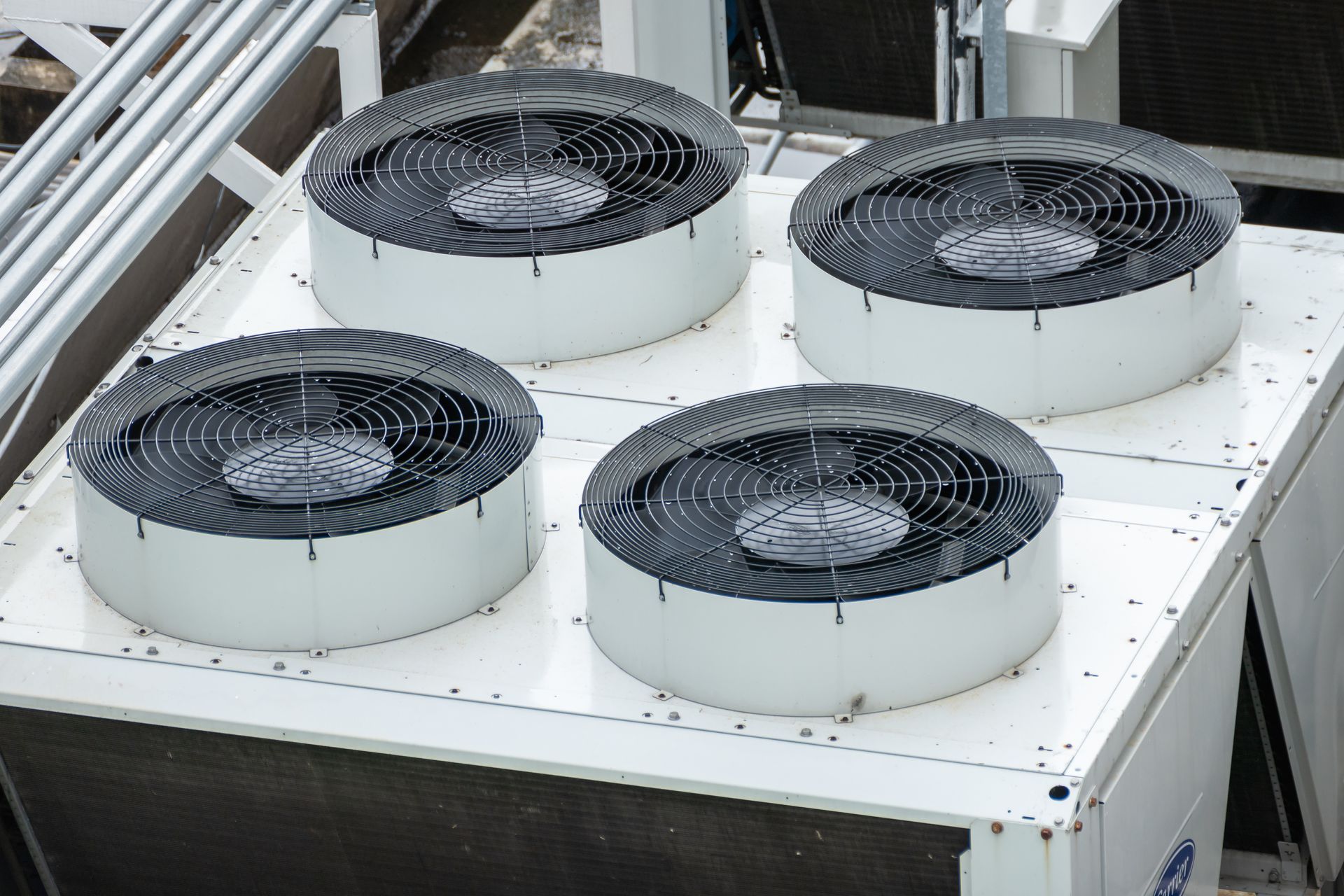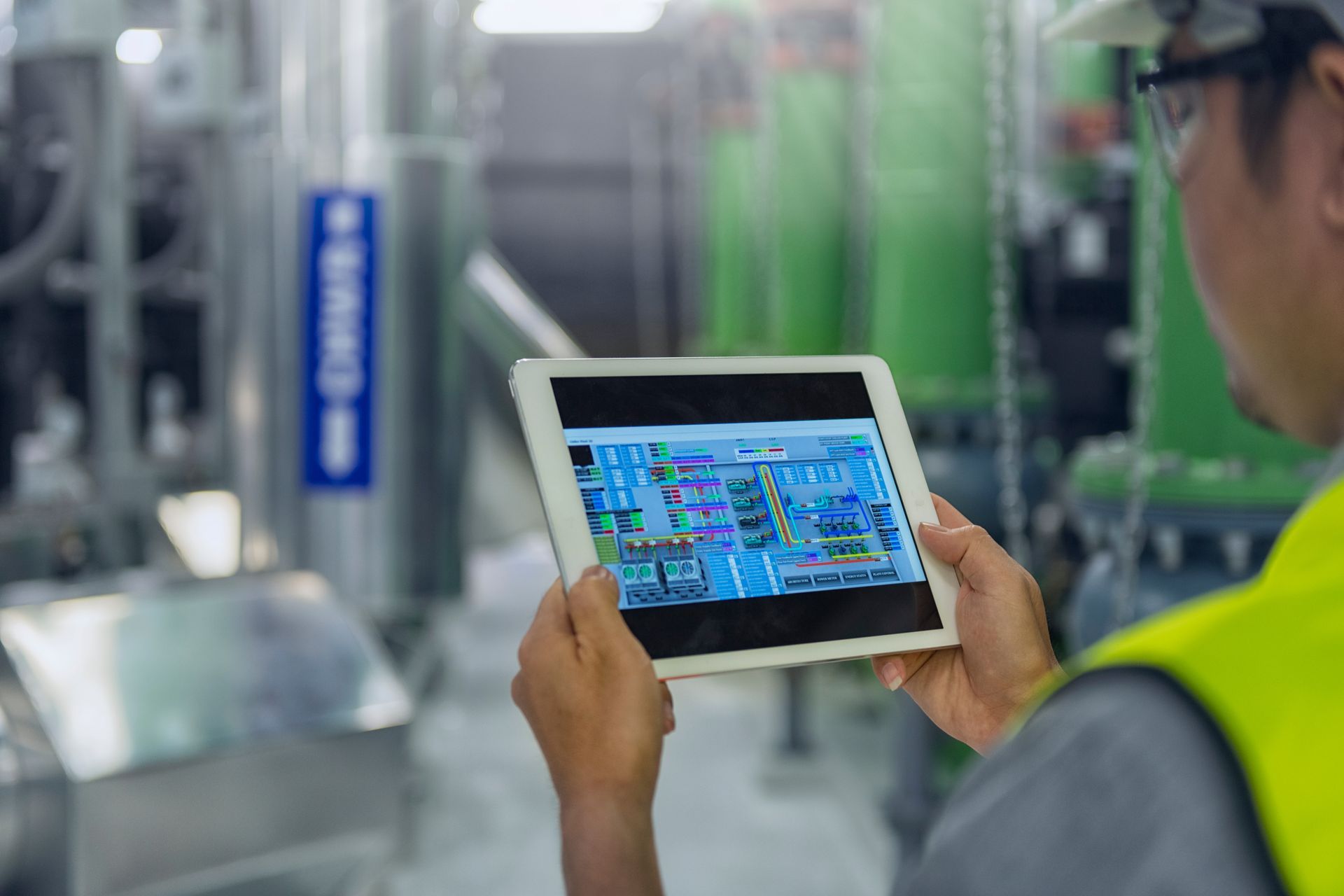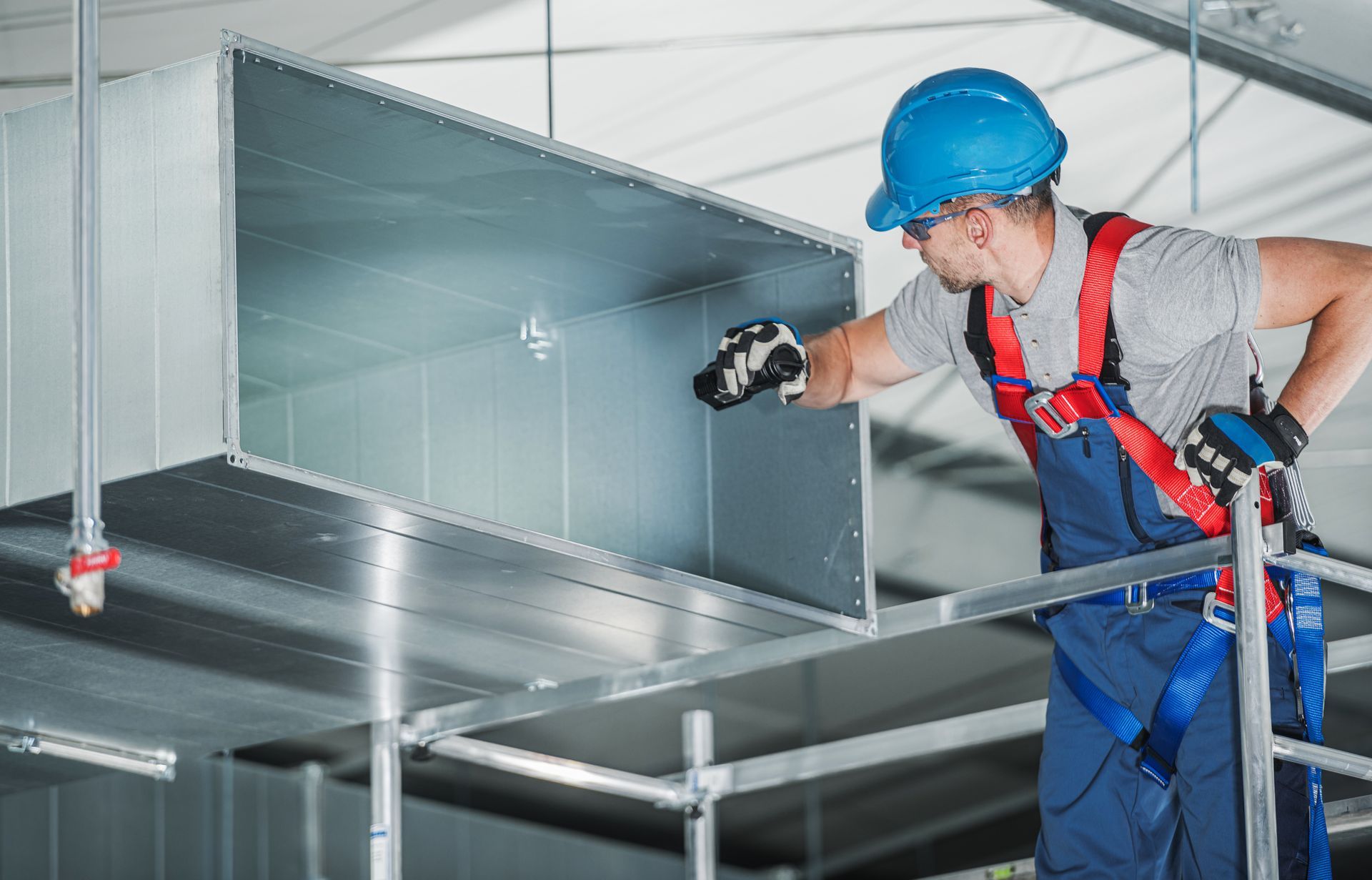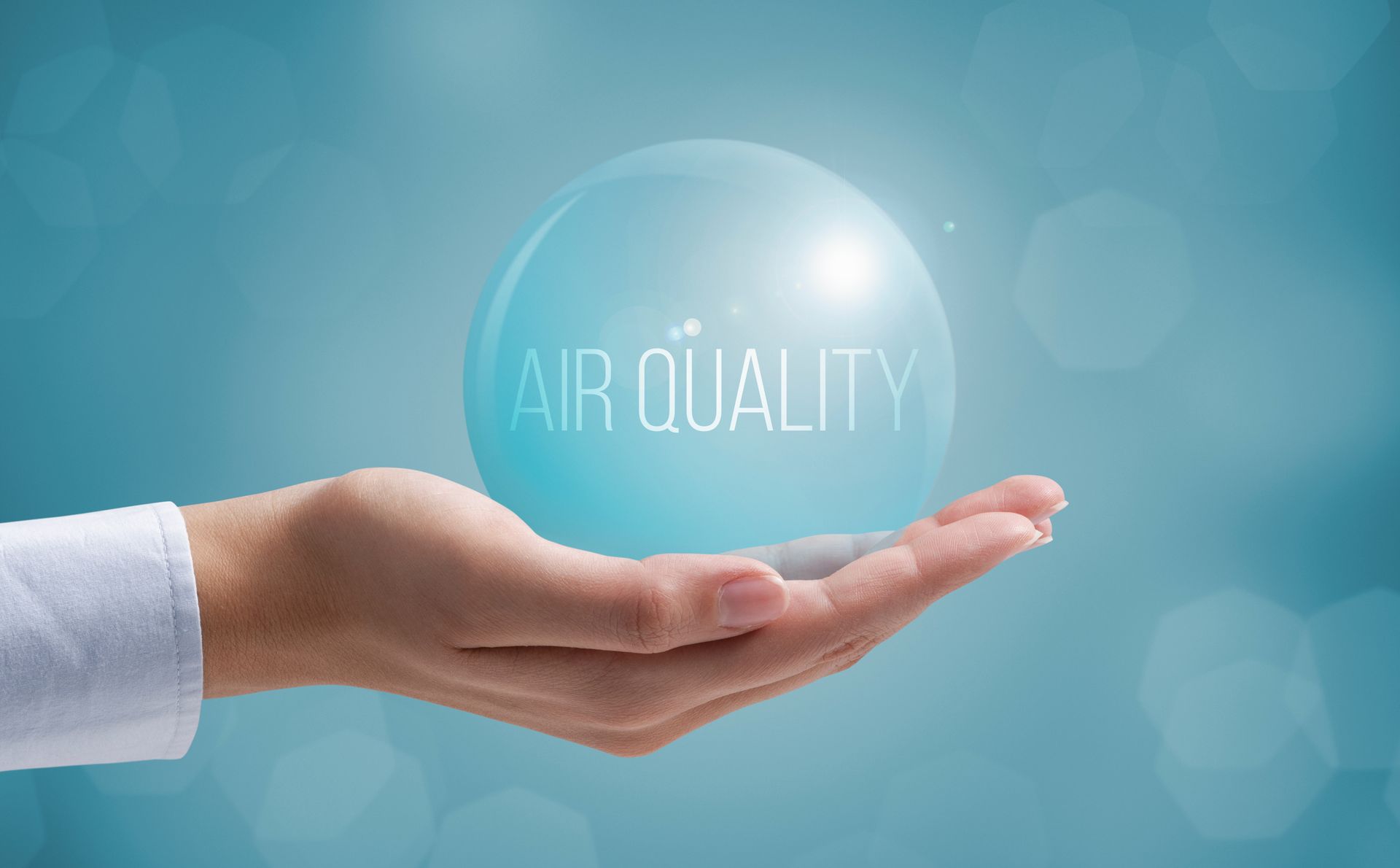Emergency HVAC Preparedness for DFW’s Extreme Weather
Share

North Texas facilities got a harsh reminder of infrastructure vulnerability during the February 2021 winter storm. Days of below-freezing temperatures and widespread power outages left many commercial buildings unable to maintain heat or basic freeze protection. For facility managers in Arlington and Fort Worth, the lesson was clear: you can’t prevent severe weather, but you can prepare your HVAC systems and emergency protocols to respond more effectively.
Determine Which Operations Must Stay Online
The first step in emergency planning is to define what “must run” during an outage. Some office tenants can work from home if power is down, but other facilities, such as healthcare centers, data facilities and warehouses storing temperature-sensitive products, don’t have that luxury. Facility managers should identify critical HVAC loads in advance and make sure contingency plans prioritize them.
What Backup Power Can and Can’t Do
Backup generators are often seen as the answer to outages for facilities that can’t afford any downtime, but they do have limitations when it comes to HVAC. Many commercial properties in DFW rely on gas-fired boilers or rooftop units for heating. While natural gas is usually reliable, it isn’t guaranteed during regional crises.
Even if gas is available, boilers and HVAC units still require electricity for circulation pumps, blowers and controls. A typical generator can’t cover the entire system, but it can be sized to keep essential pumps, control panels and limited heating zones operational.
This distinction is critical. Generators are not a substitute for full heat delivery, but they can preserve infrastructure and buy time until grid power is restored.
Protecting Equipment and Piping During Outages
Even when full heating isn’t possible, steps can be taken to avoid catastrophic damage:
- Drain and isolate cooling towers or idle loops if extended freezing conditions are expected.
- Ensure mechanical rooms have localized heat sources (portable or generator-powered) to protect pumps and controls.
- Verify pipe insulation and heat tracing are functional to reduce freeze risk in exposed areas.
These measures don’t keep the building comfortable, but they prevent expensive equipment failures and burst pipes.
Rapid Restart Protocols After Power Returns
The return of grid power can be as dangerous as the outage itself. A simultaneous restart of all HVAC systems may overload electrical infrastructure or reveal equipment damaged by the freeze. Facilities should have staged restart procedures. This usually entails bringing on critical systems first, then secondary zones. This reduces stress on both utility connections and the equipment itself.
Remote Monitoring and Alerts
Extreme weather often prevents staff from reaching the property quickly. Cloud-based HVAC controls and BAS platforms allow managers to see when systems go offline, when temperatures drop in vulnerable zones or alarms are triggered. This visibility makes it possible to act faster, even if crews can’t immediately get on site.
Communication With Tenants and Staff
A clear emergency communication plan ensures tenants know when non-critical spaces may lose temperature control and when backup systems are in operation. Clear messaging helps manage expectations and avoids unnecessary conflict when comfort can’t be guaranteed during a regional emergency.
Investing in Long-Term Resilience
No system can make a building immune to widespread power and gas failures, but upgrades can reduce risk:
- Dual-fuel or hybrid systems provide more flexibility during supply disruptions.
- High-performance insulation and weatherization reduce how quickly indoor conditions deteriorate when systems go offline.
- Load-shedding controls allow facilities to ration generator power to the most essential HVAC components.
These investments require upfront cost but can be phased in and tied to other capital projects.
Ensure Your Facility’s HVAC System Is Prepared for the Next Major Winter Weather Event
The 2021 storm showed that even in a region better known for heat, prolonged cold and outages are possible.
Emergency HVAC planning doesn’t mean keeping every tenant perfectly comfortable during a blackout. It means protecting equipment, maintaining critical operations and ensuring the building can recover quickly when conditions stabilize.
Tom’s Commercial works with facility managers across Arlington and Fort Worth to design HVAC systems and emergency protocols that improve resilience. If your organization is soliciting bids for backup power integration or HVAC upgrades tied to emergency planning, call us at 817-857-7400 to include us in your RFP process.










